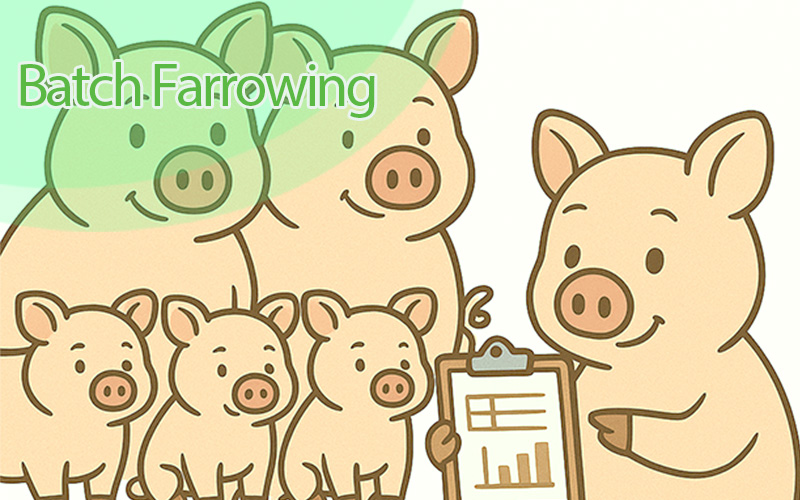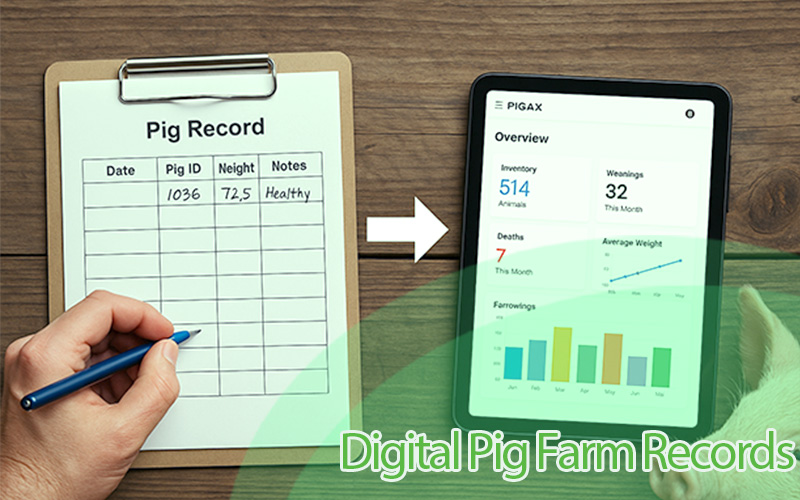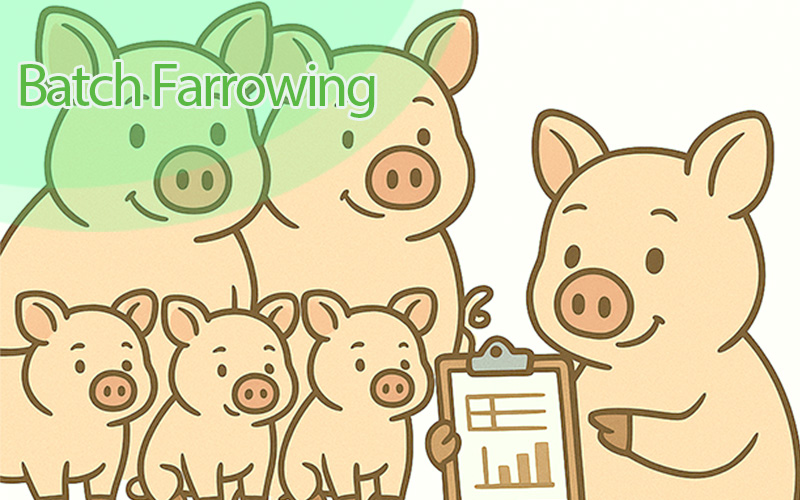Is AI Changing Pig Farming? Here’s What Every Farmer Should Know
Pig farming has always been about hard work, experience, and keeping a close eye on the animals. But in recent years, something new has entered the barns and fields: artificial intelligence (AI). While AI may sound like a technology reserved for big tech companies or city industries, it is already changing how farms are run. From monitoring pig health to reducing feed costs, AI is proving that it has a place in everyday farming. The big question is no longer if AI will change pig farming, but how much.
What Does AI in Pig Farming Really Mean?
In simple terms, AI is technology that can learn from data and make decisions or predictions without needing to be told exactly what to do. For pig farmers, this means systems that can study animal behavior, growth patterns, or feeding habits and then provide recommendations. Unlike traditional farming tools, which only do what they are programmed to do, AI “learns” from experience and gets smarter over time.
For example, Dutch companies like Connecterra have already applied AI in dairy farming by monitoring cows’ health and behavior through sensors. Similar tools are now being adapted for pig farming, showing that this isn’t just theory — it’s happening in real barns.
Where AI Is Already Making a Difference in Pig Farming
AI is already modifying the operations of major areas in the pig farming industry. With a closer look, we can see clearly how this has changed the way farming operations are performed.
Health Monitoring and Disease Detection
One of the biggest threats to pig farms is disease. Outbreaks like African Swine Fever have wiped out millions of pigs in Asia and Europe. Detecting illness early can mean the difference between losing a few pigs and losing an entire herd.
AI-powered cameras and microphones are being used to spot changes in behavior, coughing sounds, or reduced feeding. A project in China, for example, uses AI to detect pig coughs and warn farmers before diseases spread widely. This type of monitoring reduces risks and protects income.
Feed Optimization and Cost Reduction
Feed is often the largest expense on a pig farm, sometimes taking up more than 60% of costs. AI systems can now adjust feed rations automatically based on each pig’s size, age, and growth needs. Companies like Big Dutchman have already introduced smart feeding systems that save costs by avoiding overfeeding while ensuring pigs grow at a healthy pace.
Growth Prediction and Breeding Insights
Farmers traditionally rely on experience to judge when pigs are ready for market or which boars and sows will produce the best offspring. AI now helps by analyzing thousands of data points, such as weight gain trends, genetics, and even environmental factors. This makes breeding decisions more accurate and reduces waste.
For instance, PIC (Pig Improvement Company) is using data-driven tools to enhance breeding programs, ensuring farmers can produce stronger, healthier pigs.
Automated Farm Management Software
Day-to-day farm records — from health checks to feed logs — can be time-consuming. AI-driven farm management software, like Pigax, makes it easier by automatically collecting and analyzing data. This allows farmers to spend less time on paperwork and more time focusing on their animals.
Why Farmers Should Care: Key Benefits of AI
AI is not just about high-tech gadgets; it delivers real, practical benefits:
-
Lower costs: Smarter feeding systems reduce waste and save money.
-
Healthier pigs: Early disease detection means stronger herds.
-
Better decision-making: Data-backed insights reduce risks and improve planning.
-
Time-saving: Automated tools cut down on paperwork and manual monitoring.
-
Sustainability: AI helps reduce the environmental impact of farming by cutting down on overfeeding and unnecessary medication.
The Challenges of Adopting AI in Pig Farming
Of course, AI is not without challenges. Many farmers worry about the high cost of equipment, and smart sensors and automated systems can indeed be expensive. Smaller farms may find it hard to justify the investment without clear short-term returns.
Another issue is trust. Farmers often rely on their own eyes and experience, and it can be difficult to accept that a machine might know something they don’t. Training and technical support are also needed to help farmers understand and use AI effectively.
In rural areas, poor internet connectivity also slows down the adoption of cloud-based AI systems. Without stable connections, these systems may not function at their best.
What the Future Holds for AI in Pig Farming
Despite the challenges, the direction is clear: AI will become more common in pig farming. In Denmark, large farms are already experimenting with digital twins — virtual models of entire herds that allow farmers to test different feeding or breeding strategies before applying them in real life.
Over time, as the technology becomes more affordable and user-friendly, even small and medium-sized farms will benefit. Imagine a barn where AI adjusts the temperature, controls feeding, predicts health risks, and keeps all records automatically. This is no longer science fiction; it’s a future that is slowly taking shape today.
Final Thoughts
So, is AI changing pig farming? The answer is yes — and the changes are already visible. From reducing feed costs to detecting diseases before they spread, AI is giving farmers tools to work smarter, not just harder. While challenges like cost and training remain, the benefits are too significant to ignore.
For farmers wondering where to begin, the first step doesn’t need to be expensive robots or sensors. Even adopting a simple AI-powered farm management tool like Pigax can make daily tasks easier and set the foundation for future growth.
Pig farming has always adapted to new tools and techniques, and AI is just the latest step in that long history. The farmers who embrace it early will likely be the ones who stay ahead in the years to come.




